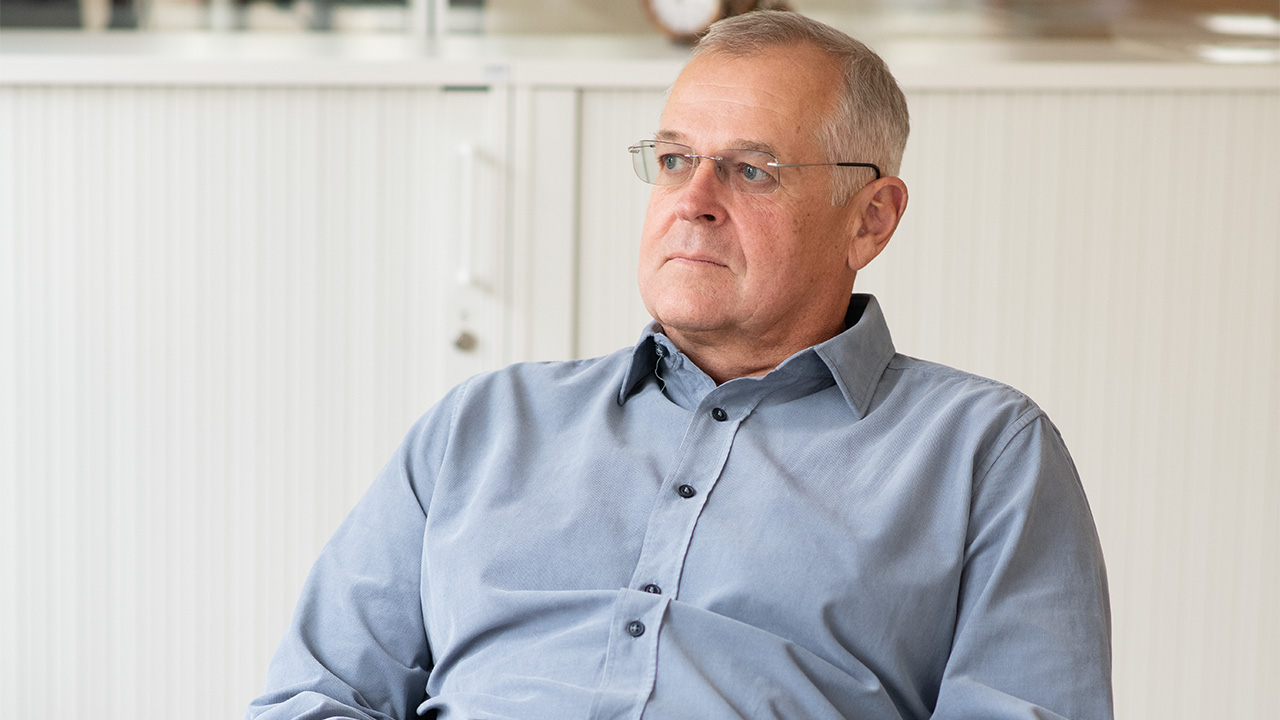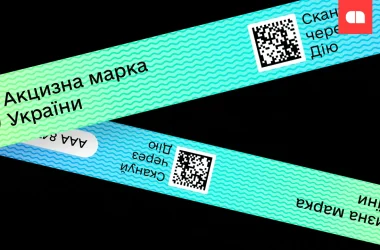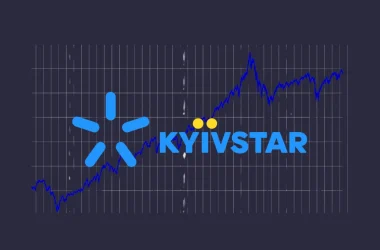Transport infrastructure has always been important for any country, as it ensures national security, contributes to the unification of remote regions, while increasing social and economic cohesion, as well as stimulates the development of new technologies and increases productivity by optimising logistics.
Currently, the EU faces many challenges that require serious solutions to improve transport infrastructure.
Trans-European Transport Networks (TEN-T) is an infrastructure project that aims to unite all EU Member States into one system. We are talking about roads, railways, inland waterways, seaports, airports, and intermodal terminals.
Why Modernisation is Important
The success of the TEN-T project should be ensured by the modernisation of important transport hubs of the Baltic-Mediterranean vector, such as the ports of the Baltic Sea and transport corridors in the Balkans.
If we talk about priority marine projects, these are the ports of Gdansk, Gdynia, Riga, Tallinn, Klaipeda, which are key transport hubs connecting Europe with Asia, and which need to be modernised, because:
- They help to effectively move goods between continents.
- Improving the infrastructure will allow handling larger volumes of cargo faster and cheaper.
- Modern technologies will make transportation more environmentally friendly.
- Investments in the expansion of berths, deepening of canals, and improvement of cargo terminals will reduce the time of their trans-shipment.
In the Balkans, modernisation is focused on several key corridors: Belgrade–Sofia, where investments of EUR 3,000,000,000 are aimed at improving rail connectivity by 2027; roads, for which modernisation of highways with a budget of EUR 1.500,000,000 is envisaged; intermodal hubs, including the creation of new logistics centres to improve freight transportation.
The Balkan region has great potential for the development of transport corridors. Bringing them into compliance with pan-European standards will contribute to the rapid and safer movement of goods, the development of trade and the economy, reducing transport costs and increasing the competitiveness of the region.
For the EU, this means increasing economic integration, increasing trade and ensuring the stability of supply.
Challenges and Obstacles
One of the main challenges is the financing of large-scale projects. Despite the availability of funds from the EU, the national budgets of many countries often do not have sufficient resources to cover the costs of modernisation.
In addition, attracting private investors may be complicated by economic and political risks. High costs for the construction and maintenance of infrastructure often become a barrier to the implementation of projects.
There are also bureaucratic hurdles and regulatory constraints. The process of approving and obtaining permits can be delayed for years, especially in cases where projects affect environmentally sensitive areas or require significant changes in urban infrastructure.
In addition, different EU Member States have their own regulatory requirements, which can complicate the coordination of interstate projects. Political instability can also affect the timing and quality of infrastructure projects.
What it Means for Ukraine
The future of European logistics and Ukraine’s integration into TEN-T after the war are closely related. For Ukraine, the prospects for development will become a reality after the end of the war, when the state will be able to focus on the restoration and creation of new infrastructure.
Post-war reconstruction will require significant efforts, but it will also open up new opportunities for integration into the European transport network.
As we know from history, due to the most favourable geographical position, trade began to develop actively in Kievan Rus’, and a super-important trade route was formed: ‘from the Varangians to the Greeks’, connecting the Black and Baltic Seas.
A century later, the development of this logistics direction can also become a fundamental vector in the new concept of Ukraine as a Eurasian transport hub.








